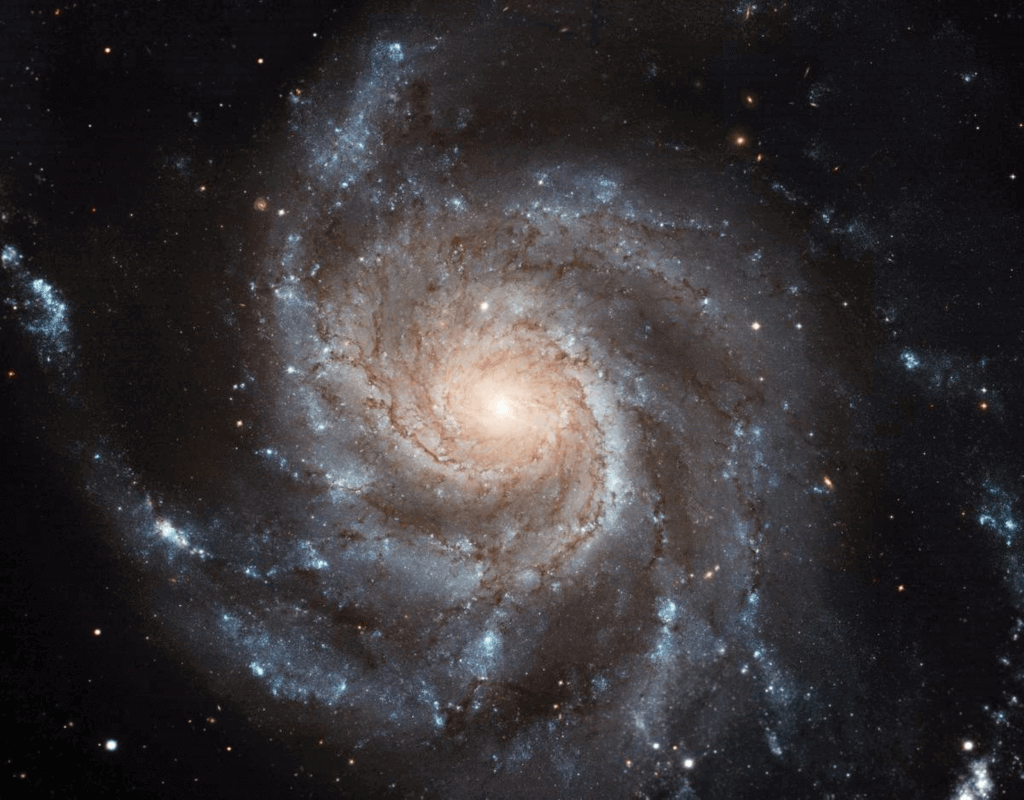International Day of Human Space Flight
International Day of Human Space Flight is observed next on Sunday, April 12th, 2026 (118 days from today).
• How many days until International Day of Human Space Flight?

International Day of Human Space Flight is celebrated by the United Nations (UN) on April 12th every year in memory of the first human spaceflight on April 12, 1961.
Every year, on April 12th, International Day of Human Space Flight is celebrated to commemorate the first human flight into space. It is also a day that reaffirms the importance of space science and technology.
Origin
On October 4, 1957, the first man-made Earth satellite, Sputnik I, was launched into outer space, thus opening the way to space exploration. On this day in 1961, Yuri Gagarin became the first person to make an orbit around the Earth and marked a new page through human endeavors in outer space.
The statement goes on to reiterate the “incredible history of human presence in outer space and the remarkable achievements since man first set foot in space, namely Valentina Tereshkova becoming the first woman to orbit the Earth on June 16, 1963, Neil Armstrong becoming the first person to set foot on the surface of the Moon on July 20, 1969. Moreover, the docking of the spaceship named Apollo and Soyuz on July 17, 1975, was the first mission and a reminder of human in space that during the past decade, humanity has tried to maintain a regular multinational human presence in outer space.
UN and Space
From the beginning of the Space Age, outer space was recognized as a new dimension to the existence of human by the UN. The United Nations is constantly making effort to utilize the unique benefits of outer space for the improvement of all mankind.
Recognizing humanity's shared interest in outer space and seeking to answer questions about how outer space can benefit people on Earth, General Asssembly adopted the first resolution regarding outer space, resolution 1348 (XIII) is titled "The Question of Outer Space's Peaceful Uses".
On October 10, 1967, the Magna Carta of Space or the Treaty of Principles as the same governs the activities of States in the exploration and use of outer space includes the Sun, moon and other celestial bodies’ effect.
Today, UNOOSA or abbreviated as the United Nations Office for Outer Space Affairs, has a mission to promote international cooperation in the usage of outer space peacefully. UNOOSA plays an important role as the secretariat of the only committee of General Assembly to dedicate to international cooperation in the usage peace of outer space: it is the responsibility of the United Nations Commission on the Peaceful Uses of Outer Space or COPUOS.
Furthermore, UNOOSA also takes response for completing the Secretary-General's tasks under the international space law and protecting the United Nations Register of Objects Launched into Outer Space.
Symbol
There was the appearance of stamps with human spaceflight image around the International Day of Human Space Flight to commemorate in the past. A statue of Yuri Gagarin, the world's first cosmonaut to travel into space, located about 40 kilometers (about 25 miles) from Saratov, Russia. It was erected in 1981.
The space age for humanity starts
April 12th was decided to choose as the International Day of Human Space Flight by The General Assembly, in resolution A/RES/65/271 of 7 April 2011, to celebrate every year depend on the national level of economy, the beginning of the space age for humanity, reaffirming the important contribution of space science and technology in achieving the goals of sustainable development and improving the happiness of both people and nations, moreover, it also makes sure to enhance the aspiration to maintain outer space for the peace.
April 12, 1961 was the date of the first human spaceflight, performed by Yuri Gagarin, a citizen of the Soviet Union, which opened a way to explore space for the benefit of all mankind.
The General Assembly expresses its deep belief in the common interest of mankind in promoting and expanding the exploration and use of outer space, as the province of all mankind, for the purpose of harmony peace continues to endeavor to benefit all States from it.
The Voyager Gold Record: A Reminder we are all Connected
It was believed that the Voyager Gold Record was shot into space in 1977 to spread a message of humanity to space and it served as a reminder that we are all connected decades later. The United Nations exhibited another version of the Golden Record at Headquarters and shared a deep connection of its creation as well. A NASA committee requested the United Nations for materials to be added to the playlist, and the first words on the record were those of the then Secretary-General of the United Nations expressing hope for peace and friendship. Recommend to anyone who discovers and plays it. Bill Nye “The Science Guy,” Executive Director of the Planetary Society, guides viewers on how to decipher the Golden Record, what it means today, and how reverence for the universe can inspire planetarium. How do we move? This is consistent with the ongoing work of the United Nations to promote international cooperation in the peaceful use and exploration of space. The Director of the United Nations Office for Outer Space Affairs, Simonetta Di Pippo, explains the importance of the Gold Record in our world nowadays. Project Voyager record is regarded as a reminder for us about who we are, where we come from, and how carefully we should treat each other.
What do people do?
Do you have any ideas for The International Day of Human Space Flight? Besides of celebrating the beginning of the human space age, it also reaffirms the important contribution of space science and technology in the world at present. The day also aims to promote aspiration to explore and maintain outer space for peaceful purposes.
Promotions for this day include a photo exhibition, a conference to introduce technology for use in space, and the issue of commemorative stamps.
Observed
International Day of Human Space Flight has been observed annually on April 12th.Dates
Friday, April 12th, 2024
Saturday, April 12th, 2025
Sunday, April 12th, 2026
Monday, April 12th, 2027
Wednesday, April 12th, 2028


